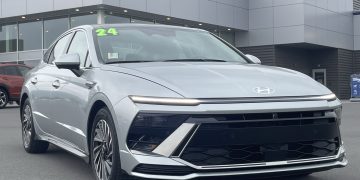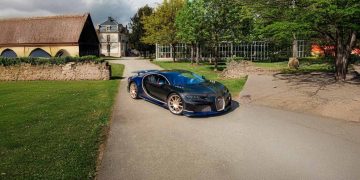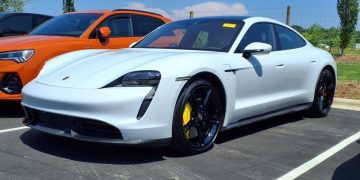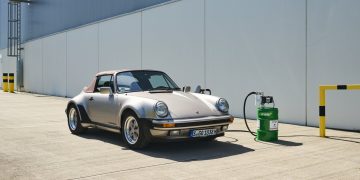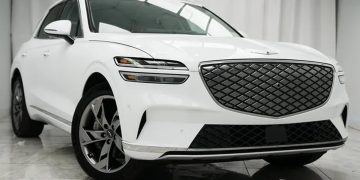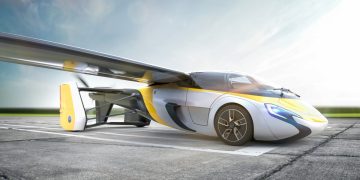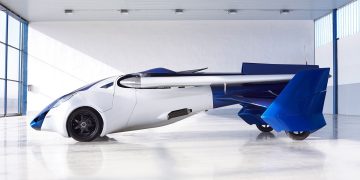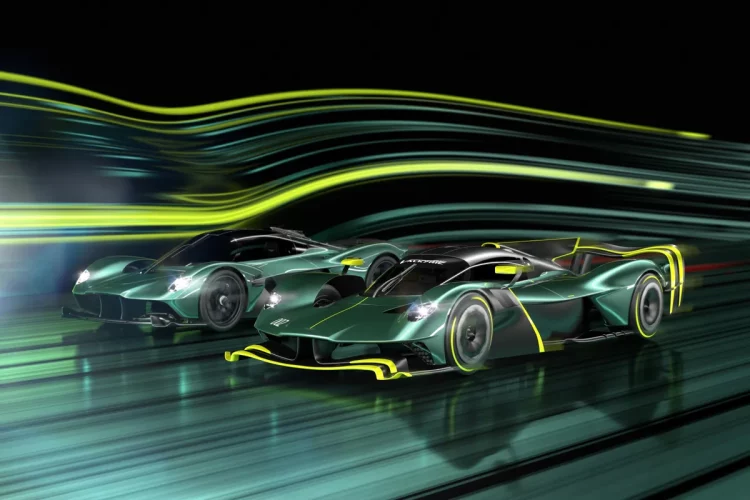The Aston Martin Valkyrie is not just another hypercar. It’s a bold statement, an engineering masterpiece that blends the cutting-edge technology of Formula 1 with the thrill of road-going performance. The Valkyrie has captivated automotive enthusiasts, collectors, and engineers alike with its unparalleled design and technology. But behind its futuristic exterior, aggressive aerodynamics, and heart-pounding performance lies a deeper story: a story of inspiration, collaboration, and a relentless pursuit of automotive perfection.
In this essay, we will delve into the design philosophy of the Aston Martin Valkyrie and explore the inspirations and influences that shaped its development. From the synergy between Aston Martin and Red Bull Racing to the influence of Formula 1 and aerospace engineering, we’ll uncover the elements that made the Valkyrie what it is today. We’ll explore the key design features, engineering innovations, and technical challenges that define the Valkyrie and examine how the car’s design reflects Aston Martin’s vision of the future of performance.
The Vision Behind the Aston Martin Valkyrie
The story of the Aston Martin Valkyrie begins with a vision to create the ultimate hypercar—one that would bridge the gap between the track and the road. This vision was brought to life through the collaboration between Aston Martin and Red Bull Racing, the renowned Formula 1 team. The goal was clear: to create a car that would deliver the same kind of performance as a Formula 1 car but be fully road-legal.
The Valkyrie is a result of this ambitious vision, and it is clear that every element of its design and engineering reflects a focus on achieving maximum performance, lightweight construction, and aerodynamics. The car is meant to be a track weapon that can also be driven on public roads—an impossible task for most manufacturers but one that Aston Martin and Red Bull Racing embraced with enthusiasm.
Collaboration with Red Bull Racing: Formula 1 Influence
When Aston Martin decided to bring the Valkyrie to life, they turned to the expertise of Red Bull Racing, one of the most successful teams in the world of Formula 1. Red Bull Racing, led by renowned F1 designer Adrian Newey, has been at the forefront of automotive technology, known for pushing the boundaries of what’s possible in motorsport.
Adrian Newey’s involvement in the Valkyrie’s development was instrumental in shaping its design. As a world-class aerodynamicist, Newey brought his extensive F1 experience to the table, resulting in a car that was designed with a level of precision and attention to detail rarely seen in road-going vehicles. The Valkyrie’s aerodynamics are heavily influenced by Formula 1 technology, featuring active aerodynamics that adjust based on speed and driving conditions. The design allows the car to generate an astonishing amount of downforce, making it one of the most aerodynamically efficient vehicles in the world.
The Design Philosophy: Extreme Performance Meets Everyday Use
The design philosophy behind the Aston Martin Valkyrie is one of extreme performance, but it is also one that values the driving experience. Every curve, line, and detail of the car’s design was carefully considered to ensure not only that it was visually striking but that it would function seamlessly to achieve the highest levels of performance.
The Valkyrie’s exterior is defined by clean lines and sculptural surfaces that emphasize its low, aggressive stance. Its sleek, aerodynamic body is sculpted to minimize drag while maximizing downforce, ensuring the car stays glued to the road at high speeds. The car’s exterior design also features distinctive elements like the massive rear diffuser, wide front fenders, and sharp, angular lines that create a sense of motion even when the car is standing still. These design elements are not just for show—they serve a functional purpose, helping the car achieve its remarkable performance.
One of the most striking features of the Valkyrie’s design is its use of lightweight materials, especially carbon fiber. The car’s carbon-fiber monocoque chassis is incredibly rigid and lightweight, contributing to the car’s overall performance and agility. The lightweight construction allows the Valkyrie to achieve a stunning power-to-weight ratio, one of the highest in its class.
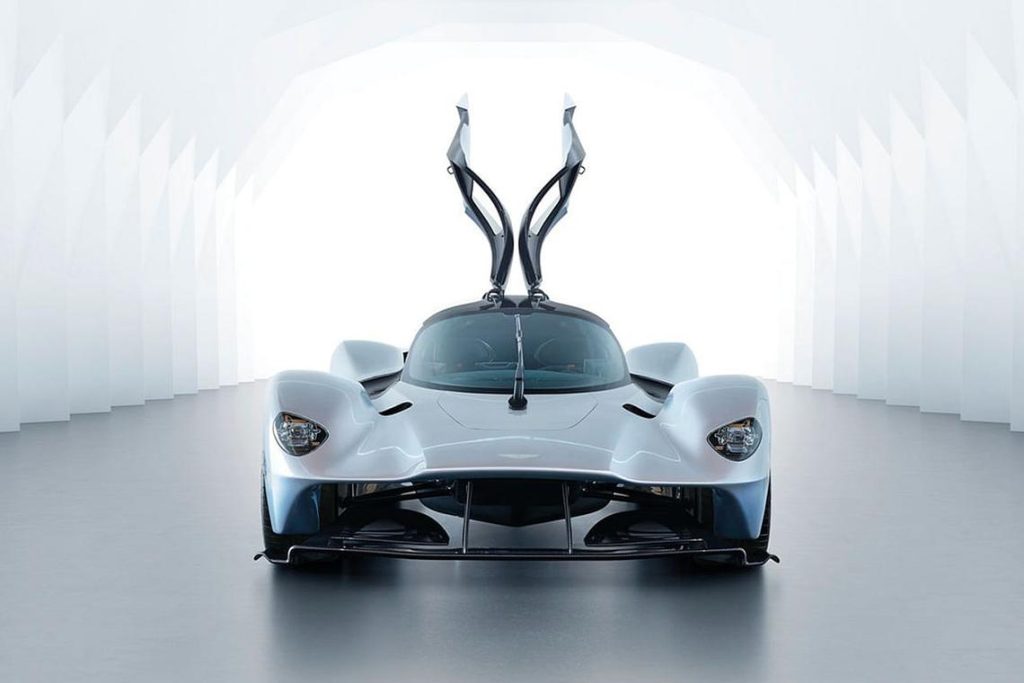
The Role of Aerospace Engineering in Valkyrie’s Design
In addition to the expertise from Formula 1, Aston Martin also drew inspiration from aerospace engineering to create the Valkyrie. The use of lightweight materials, the focus on aerodynamics, and the emphasis on efficiency all point to a deep influence from the aerospace industry.
The Valkyrie’s body is made from carbon fiber, a material that is commonly used in the aerospace industry due to its strength and lightness. The advanced materials used in the construction of the car allow it to achieve an exceptional power-to-weight ratio, which is crucial for achieving the performance levels that Aston Martin aimed for. The use of advanced composites also contributes to the car’s rigidity, ensuring that the Valkyrie performs at the highest level of stability and safety, whether on the track or on the road.
Moreover, the car’s active aerodynamics system, which adjusts the car’s downforce based on speed and driving conditions, is another feature inspired by aerospace engineering. This system helps optimize the car’s aerodynamic efficiency, ensuring that it maintains a balance between performance and stability. The dynamic adjustment of aerodynamics is a concept that is often seen in aircraft design, where optimizing airflow is critical to performance.
Interior Design: Driver-Centric and Functional
While the exterior of the Aston Martin Valkyrie is a vision of high-performance engineering, the interior is designed with the driver in mind. The Valkyrie’s cabin is minimalist yet functional, focusing on providing the driver with the tools needed to fully control such a powerful machine.
The cockpit is designed to resemble that of a Formula 1 car, with a low seating position and a digital dashboard that provides the driver with all the necessary information in a clear and concise manner. The car’s interior is stripped of excess luxury features, focusing instead on performance and functionality. The seat and steering wheel positions are customizable to ensure that the driver is in the perfect position to extract the maximum performance from the car.
The Valkyrie’s interior design reflects Aston Martin’s commitment to delivering a driving experience that is both immersive and functional. The materials used in the interior, such as carbon fiber, leather, and Alcantara, are chosen for their lightweight properties and performance-oriented design. Despite the focus on performance, the interior of the Valkyrie remains comfortable and purposeful, ensuring that the driver can enjoy a thrilling experience without sacrificing too much in terms of comfort.
The Hybrid Powertrain: An Innovation in Performance
At the heart of the Aston Martin Valkyrie lies its hybrid powertrain, which is a key component of the car’s design and performance philosophy. The car is powered by a 6.5-liter naturally aspirated V12 engine developed by Cosworth, producing 1,000 horsepower. This engine is paired with a hybrid KERS (Kinetic Energy Recovery System) system, which provides an additional 160 horsepower, bringing the total output to around 1,160 horsepower.
The hybrid powertrain is one of the most advanced in the automotive world, combining the power and efficiency of an electric motor with the raw power of a V12 engine. The KERS system recovers energy during braking and stores it for later use, providing the Valkyrie with instant torque and improved acceleration. The result is a car that offers an exceptional power-to-weight ratio, a crucial factor in achieving the Valkyrie’s remarkable performance levels.
Conclusion: The Future of Performance Design
The Aston Martin Valkyrie represents the pinnacle of automotive engineering, bringing together the expertise of Red Bull Racing, Formula 1 technology, aerospace engineering, and Aston Martin’s legendary design philosophy. The Valkyrie’s design is a perfect balance between extreme performance and usability, with every detail carefully considered to enhance the driving experience.
The car’s aerodynamic efficiency, lightweight construction, hybrid powertrain, and driver-centric interior all contribute to making the Valkyrie one of the most advanced hypercars ever created. Its design is a testament to the power of collaboration, innovation, and a relentless pursuit of excellence. The Valkyrie is not just a hypercar—it’s a symbol of the future of performance and a glimpse into the world of automotive technology that is yet to come.
In the world of hypercars, the Aston Martin Valkyrie stands apart as a true engineering marvel. Its design and inspiration come from the finest traditions of motorsport, combined with the latest in cutting-edge technology, making it a car that is as much a work of art as it is a performance machine. Whether on the track or the road, the Valkyrie represents the future of automotive design and is a fitting legacy for Aston Martin’s storied history.

